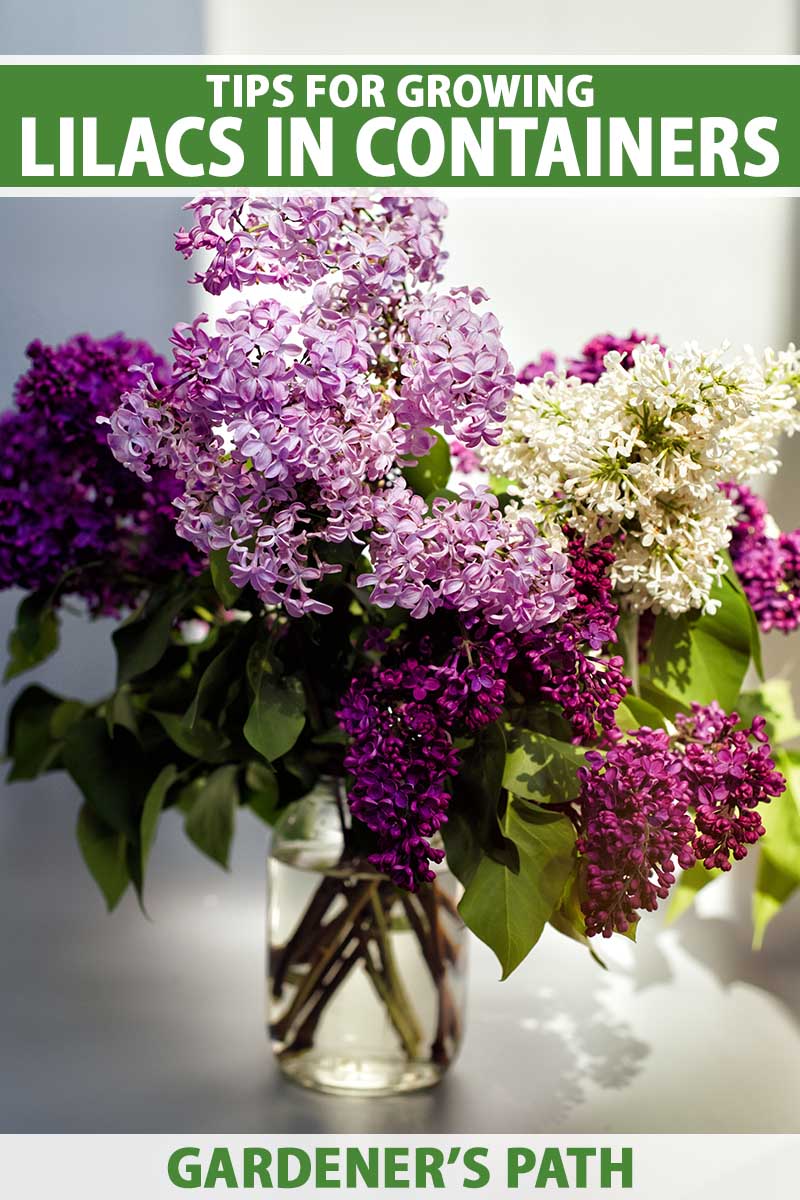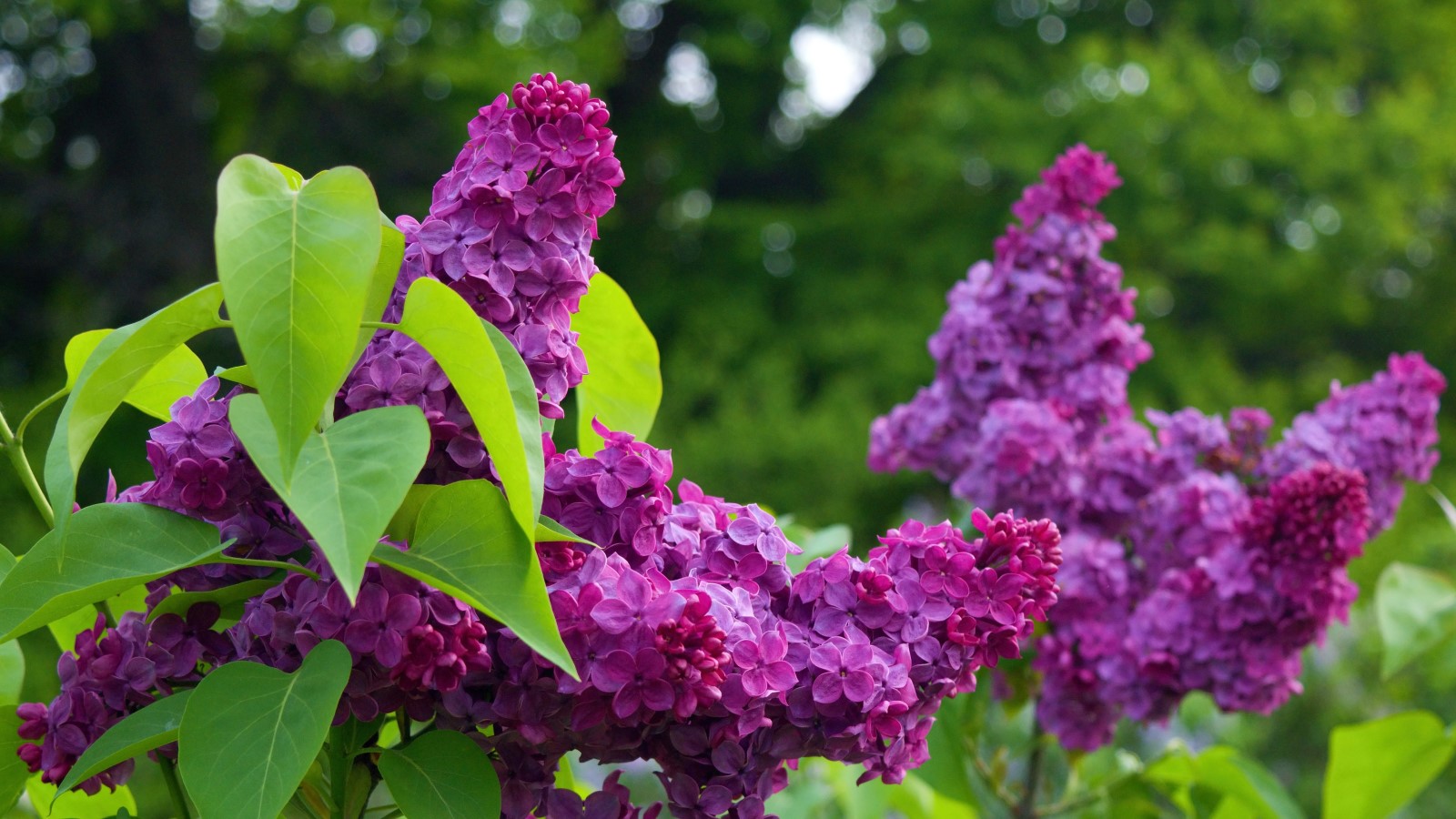Choosing the Right Spot for Your Lilac Bush
When deciding where to plant a lilac bush, it’s essential to consider the specific needs of the plant. Lilac bushes require a location that receives the right amount of sunlight, has well-draining soil, and provides adequate air circulation. The ideal spot for a lilac bush should receive at least six hours of direct sunlight per day, although some varieties can tolerate partial shade.
In addition to sunlight, the soil type and quality also play a significant role in the health of a lilac bush. Lilacs prefer well-draining soil that is rich in organic matter. If the soil is heavy clay or prone to waterlogging, it may be necessary to amend it with compost or other organic matter to improve its structure. The ideal pH range for lilac bushes is between 6.5 and 7.5, although they can tolerate a slightly wider range.
Air circulation is also crucial for healthy lilac bushes. Good air circulation helps to prevent disease and promotes healthy growth. If the location is prone to strong winds, it may be necessary to provide some protection for the lilac bush, such as a windbreak or a fence.
By considering these factors, you can choose the perfect spot for your lilac bush and enjoy its beauty and fragrance for years to come. Whether you’re looking to add a lilac bush to your garden or simply want to know where to plant a lilac bush, understanding the importance of location is key to its success.
How to Select a Location with Adequate Sunlight
To determine if a location receives sufficient sunlight for a lilac bush, it’s essential to assess the sunlight patterns in your yard throughout the day. Lilac bushes require at least six hours of direct sunlight per day to produce an abundance of fragrant flowers. If the location receives less sunlight, the lilac bush may still thrive, but it may not produce as many blooms.
One way to assess the sunlight patterns in your yard is to observe the area at different times of the day. Take note of the time of day when the sun is shining directly on the location, and for how long. You can also use a sunlight meter or a smartphone app to measure the amount of sunlight the location receives.
Another factor to consider is the orientation of the location. South-facing locations typically receive the most sunlight, while north-facing locations receive the least. East- and west-facing locations receive moderate amounts of sunlight.
When deciding where to plant a lilac bush, consider the sunlight patterns in your yard and choose a location that receives the right amount of sunlight. By doing so, you’ll be able to enjoy the beauty and fragrance of your lilac bush for years to come.
Soil Considerations for Planting Lilacs
Lilac bushes have specific soil requirements that must be met to ensure optimal growth and blooming. The ideal soil pH for lilacs is between 6.5 and 7.5, although they can tolerate a slightly wider range. If the soil pH is too high or too low, it can affect the availability of essential nutrients for the lilac bush.
In addition to pH, lilac bushes also require well-draining soil that is rich in organic matter. Soil with good drainage will help prevent waterlogged soil conditions that can lead to root rot and other problems. Organic matter such as compost or well-rotted manure can help improve soil structure and fertility.
To determine the pH and nutrient levels of your soil, it’s a good idea to conduct a soil test. This can be done by sending a soil sample to a laboratory or by using a DIY soil testing kit. Based on the results of the soil test, you can amend the soil with fertilizers or other additives to create a suitable environment for your lilac bush.
When deciding where to plant a lilac bush, consider the soil conditions in your yard. If the soil is heavy clay or prone to waterlogging, it may be necessary to amend it with organic matter or other additives to improve its structure and fertility. By providing your lilac bush with the right soil conditions, you can help ensure optimal growth and blooming.
Planting Lilacs in Different Types of Gardens
Lilac bushes can be a beautiful addition to a variety of garden types, including cottage gardens, formal gardens, and wildlife gardens. When deciding where to plant a lilac bush, consider the style and theme of your garden and how the lilac will fit in with the overall design.
In a cottage garden, lilacs can be used as a focal point or accent plant, adding a touch of elegance and fragrance to the garden. They can be planted alongside other flowering shrubs and perennials, such as roses and peonies, to create a beautiful and fragrant border.
In a formal garden, lilacs can be used to create a sense of structure and symmetry. They can be planted in a row or used as a hedge, providing a beautiful and fragrant screen for the garden.
In a wildlife garden, lilacs can be used to attract pollinators and other wildlife. They can be planted alongside other native plants and flowers, such as coneflowers and black-eyed susans, to create a beautiful and diverse garden that attracts a variety of wildlife.
Regardless of the type of garden, lilacs can be a beautiful and fragrant addition. By considering the style and theme of your garden, you can choose the perfect location for your lilac bush and enjoy its beauty and fragrance for years to come.
Considerations for Planting Lilacs Near Other Plants
When deciding where to plant a lilac bush, it’s essential to consider the mature size of the plant and its potential impact on surrounding plants. Lilac bushes can grow quite large, up to 10 feet tall and 6 feet wide, so it’s crucial to provide enough space for the plant to grow without overcrowding other plants.
When planting lilacs near other plants, it’s also important to consider the potential for competition for resources such as water, nutrients, and sunlight. Lilac bushes have a deep root system, so they can compete with other plants for water and nutrients. To avoid this, it’s best to plant lilacs in an area where they will have enough space to grow without competing with other plants.
However, lilac bushes can also be used as a companion plant to complement other plants in the garden. For example, lilacs can be planted alongside roses, peonies, and other flowering shrubs to create a beautiful and fragrant border. They can also be used as a hedge or screen to provide privacy and block out unwanted views.
When choosing companion plants for lilacs, it’s essential to select plants that have similar growing conditions and requirements. For example, lilacs prefer well-draining soil and full sun, so it’s best to choose companion plants that have similar requirements. Some good companion plants for lilacs include coneflowers, black-eyed susans, and daylilies.
By considering the mature size of the lilac bush and its potential impact on surrounding plants, you can create a beautiful and thriving garden that showcases the beauty and fragrance of your lilac bush.
Planting Lilacs in Containers or Hedges
While lilac bushes are typically planted in the ground, they can also be grown in containers or used as a hedge. This can be a great option for gardeners with limited space or who want to add a unique element to their garden design.
When planting lilacs in containers, it’s essential to choose a variety that is compact or dwarf, such as ‘Miss Kim’ or ‘Bloomerang’. These varieties are specifically bred for container growing and will not become too large for the container.
When selecting a container, make sure it is at least 12-18 inches deep and has good drainage holes. Lilacs prefer well-draining soil, so a container with good drainage is essential. Use a high-quality potting mix and fertilize regularly to promote healthy growth.
Lilacs can also be used as a hedge, providing a beautiful and fragrant screen for the garden. To create a lilac hedge, plant multiple lilac bushes 3-5 feet apart, depending on the variety. Prune the lilacs regularly to maintain a uniform shape and promote healthy growth.
One of the benefits of growing lilacs in containers or as a hedge is that they can be moved to different locations in the garden as needed. This can be especially useful for gardeners who want to add a pop of color or fragrance to a specific area of the garden.
However, there are also some challenges to consider when growing lilacs in containers or as a hedge. For example, lilacs in containers may require more frequent watering and fertilization, and may be more susceptible to pests and diseases. Lilac hedges may also require regular pruning to maintain their shape and promote healthy growth.
By considering these factors and choosing the right variety and growing conditions, gardeners can successfully grow lilacs in containers or as a hedge, adding a beautiful and fragrant element to their garden design.
Common Mistakes to Avoid When Planting Lilacs
When planting a lilac bush, it’s essential to avoid common mistakes that can impact the health and blooming of the plant. One of the most common mistakes is planting lilacs in low-lying areas where water may collect. Lilacs prefer well-draining soil, and planting in low-lying areas can lead to root rot and other problems.
Another common mistake is failing to provide adequate space for growth. Lilac bushes can grow quite large, up to 10 feet tall and 6 feet wide, so it’s essential to provide enough space for the plant to grow without overcrowding other plants.
Planting lilacs in areas with poor air circulation is also a common mistake. Lilacs prefer good air circulation to prevent disease and promote healthy growth. Planting in areas with poor air circulation can lead to disease and pest problems.
Not providing enough sunlight is another common mistake. Lilacs prefer full sun to partial shade, so it’s essential to plant them in an area that receives sufficient sunlight.
Finally, not watering or fertilizing lilacs properly is a common mistake. Lilacs prefer well-draining soil and regular watering, especially during the first year after planting. Fertilizing lilacs regularly can also promote healthy growth and blooming.
By avoiding these common mistakes, gardeners can ensure a healthy, thriving lilac bush that will provide beauty and fragrance for years to come.
Final Tips for Planting a Thriving Lilac Bush
Planting a lilac bush can be a rewarding experience, and with the right location and care, it can thrive for years to come. When deciding where to plant a lilac bush, consider the factors discussed in this article, including sunlight, soil type, and air circulation.
Remember to choose a location that receives sufficient sunlight, has well-draining soil, and provides adequate air circulation. Also, consider the mature size of the lilac bush and its potential impact on surrounding plants.
By following these tips and avoiding common mistakes, you can ensure a healthy, thriving lilac bush that will provide beauty and fragrance for years to come. Don’t be afraid to experiment with different varieties and enjoy the unique characteristics of each one.
Whether you’re a seasoned gardener or just starting out, planting a lilac bush can be a fun and rewarding experience. With the right care and attention, your lilac bush will thrive and provide you with years of enjoyment.
So, go ahead and plant that lilac bush With a little patience and care, you’ll be enjoying its beauty and fragrance in no time.








